The flavor and taste characteristics of decaf describe what is the difference between decaf and regular coffee?
Guide reading
Decaf coffee has always been an important direction in the development of the coffee industry, which is designed for people who are intolerant to caffeine or do not want to consume too much caffeine. So what on earth is decaf?
What is decaf?
In general, what we call low-caffeine coffee refers to the coffee beans that have been artificially decayed. Therefore, decaf is also called decaf. The caffeine in coffee can not be completely removed by artificial decaffeination technology. The EU standard for this type of decaffeinated coffee is that the caffeine content after treatment does not exceed 0.1% of raw beans, while the FDA standard of the US Food and Drug Administration is less than 3% of the original caffeine content.
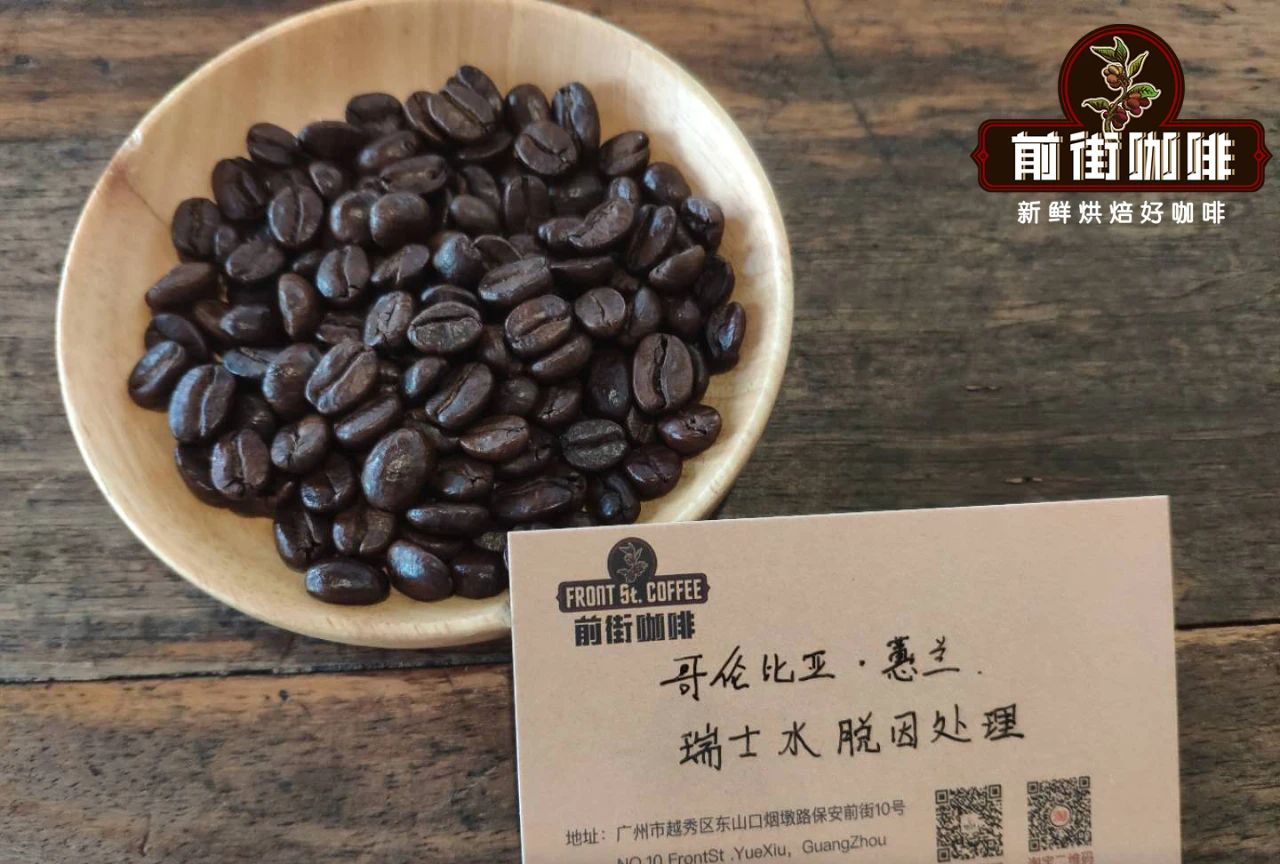
What are the common ways to handle decaf coffee?
At present, there are many methods of artificial caffeine removal, which can be divided into direct / indirect solvent treatment, supercritical carbon dioxide treatment, Swiss water treatment and mountain spring water treatment.
Direct solvent treatment
Direct solvent treatment is the use of dichloromethane, ethyl acetate and other chemical solutions to dissolve caffeine. First of all, steam is used to open the stomata of the raw coffee beans, and the dichloromethane solvent is directly added to the coffee beans. After the solvent and caffeine are fused, the caffeine-filled solvents are washed out, and the coffee beans are boiled again to remove all residual solvents.
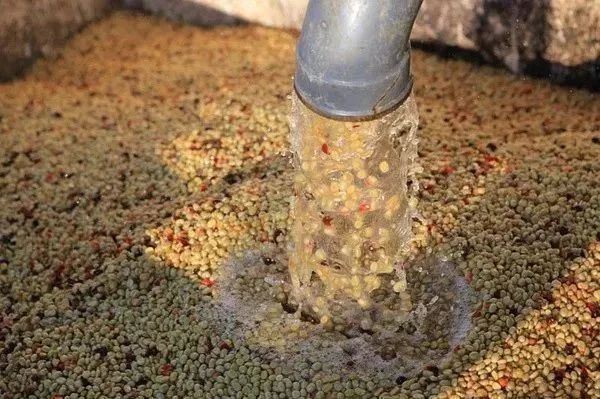
There are concerns about using dichloromethane as a solvent because it is suspected that long-term exposure increases the risk of cancer. But in fact, FDA limits the dichloromethane content of decaf to 0.001%, which is actually lower than that, with little side effect.
The process of using ethyl acetate as a solvent is the same, ethyl acetate usually comes from sugar cane, so when used, the direct solvent method is sometimes referred to as sugarcane decontamination. This method is usually used in de-causation in Colombia. But ethyl acetate is a highly flammable substance, so it is more dangerous.

Supercritical carbon dioxide treatment
This treatment is to first let the coffee beans absorb water and expand, and the caffeine molecules are loose in the coffee beans. Add liquefied carbon dioxide and create more than 100 atmospheric pressure in water. Carbon dioxide is highly selective and does not "damage" the carbohydrates and proteins in coffee beans while dissolving caffeine, ensuring that the flavor of coffee beans is not destroyed. Liquid carbon dioxide that takes away caffeine can also be removed and recycled.
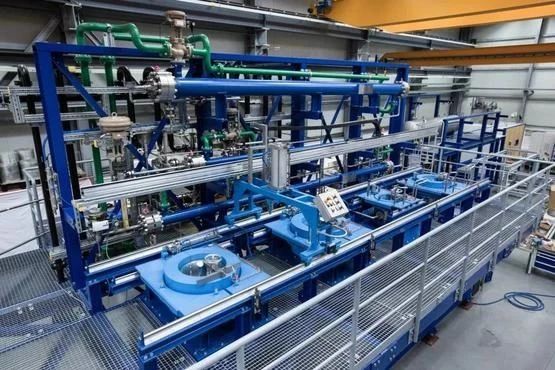
Coffee made from decaffeinated carbon dioxide has a lower burden on the human body, and according to the study, this method can extract more coffee than the direct solvent method, and the cost of this method is much higher than that of the direct solvent method. therefore, the price of decaf coffee treated with supercritical carbon dioxide will be much higher.
Swiss water treatment / mountain spring water treatment
The Swiss water treatment method was developed by the Swiss company Coffex in the late 1970s, and SWISS WATER ®is currently patented. This treatment will soak the raw coffee beans in hot water, and the soaking stage has actually partially removed caffeine. The soaked solution is then filtered with activated carbon and finally poured back into the coffee beans. To put it simply, all the soluble substances of coffee beans are dissolved in water, and then the solution containing flavor substances is pressed back into the coffee beans by removing caffeine from the solution water.
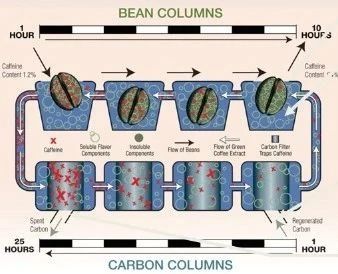
This series of steps will be more effective in removing caffeine. In addition to not requiring the use of chemical solvents, the soaked solution can be reused in different batches of treatment procedures, but the coffee will still lose flavor during the filtration process. The caffeine removal rate of this method can reach 99.9%. It is also the method with the highest caffeine removal rate, and it is also a common treatment of decaf coffee on the market.
The mountain spring water treatment is very similar to the Swiss water treatment, which uses another special kind of water, water from glaciers to extract caffeine. The company Descamex says it uses a special filter to remove caffeine. After treatment, you will get a caffeine-free aqueous solution, which also dissolves the solid substance of coffee and can be reused in the decaffeinated process.
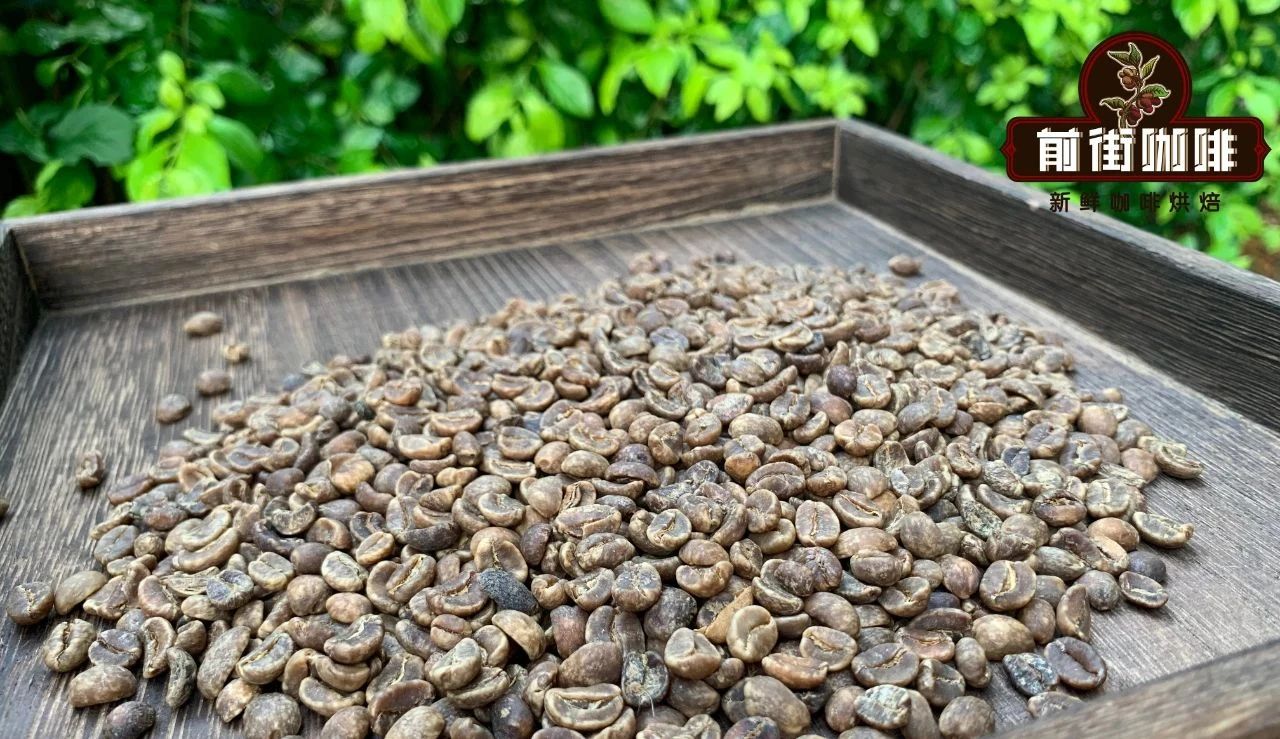
What is the difference between low-caffeine coffee beans and ordinary coffee beans?
In fact, low-caffeine coffee beans in the treatment of coffee beans than ordinary coffee beans more than a decadent process. Except for caffeine, other beans are basically the same as ordinary coffee beans. But it is also said that the flavor of decaf coffee is so different from that of other individual coffees. Qianjie believes that this is not due to the poor flavor caused by low-cause treatment, but due to the quality of coffee beans.
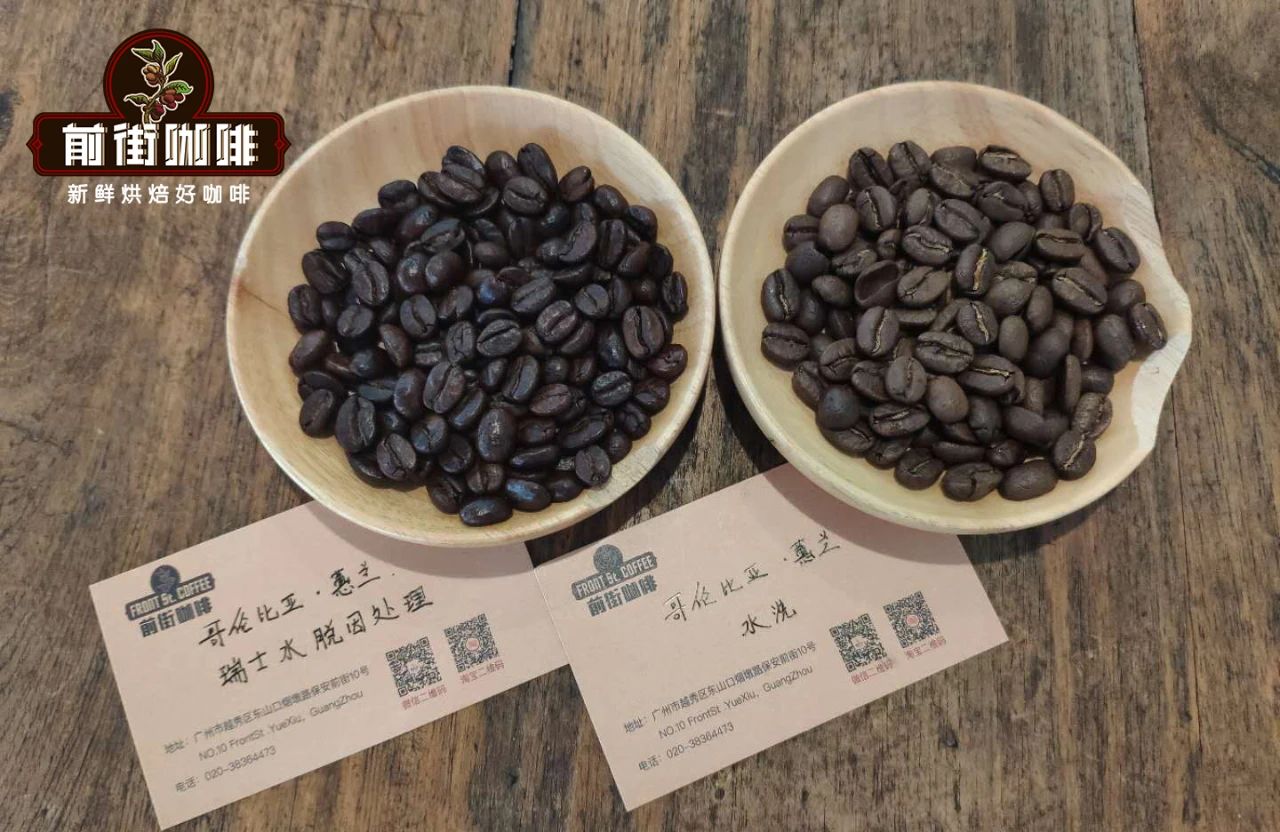
Since the decaf market is still in its infancy and the decaffeination treatment is still in the stage of technological improvement and innovation, and at the economic level, the cost of the decaf treatment used in decaf coffee is high, which means that the same quality coffee beans, decaf coffee will be more expensive, so most of the beans used for decaf treatment will not be of good quality. All this has led to the general poor flavor of decaf coffee.
Of course, decaf also has its advantages, and decaf is a boon for people who like coffee but can't get caffeine. At present, in order to broaden the low-caffeine coffee market, there are also processing plants that use high-quality coffee beans for decaffeination treatment to achieve the best of both flavor and caffeine.
Important Notice :
前街咖啡 FrontStreet Coffee has moved to new addredd:
FrontStreet Coffee Address: 315,Donghua East Road,GuangZhou
Tel:020 38364473
- Prev

The origin of the name of individual coffee beans? How to tell the difference between four types of Manning coffee beans?
When the guide came to Qianjie coffee, many guests looked at the dense bean list for a long time. Today, Qianjie Coffee will introduce why these beans are called by this name. Named in the form of producing area / origin / producer. Nowadays, most individual coffee beans are named in this form, which makes it more intuitive.
- Next
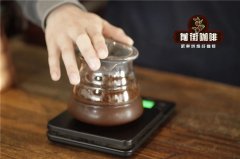
What kind of coffee beans is better for cold extraction coffee? How to make cold extract coffee? Ratio of cold extraction powder to water
Guide to summer is coming, many friends like to make some ice-brewed coffee, of which cold-extracted coffee is simple, and everyone at home can make an iced coffee! So do you have any special beans for cold coffee? The production method of cold extraction coffee is a very easy way to master. In the past, the cold extraction method of street coffee was based on 50 grams of coffee powder.
Related
- Beginners will see the "Coffee pull flower" guide!
- What is the difference between ice blog purified milk and ordinary milk coffee?
- Why is the Philippines the largest producer of crops in Liberia?
- For coffee extraction, should the fine powder be retained?
- How does extracted espresso fill pressed powder? How much strength does it take to press the powder?
- How to make jasmine cold extract coffee? Is the jasmine + latte good?
- Will this little toy really make the coffee taste better? How does Lily Drip affect coffee extraction?
- Will the action of slapping the filter cup also affect coffee extraction?
- What's the difference between powder-to-water ratio and powder-to-liquid ratio?
- What is the Ethiopian local species? What does it have to do with Heirloom native species?

